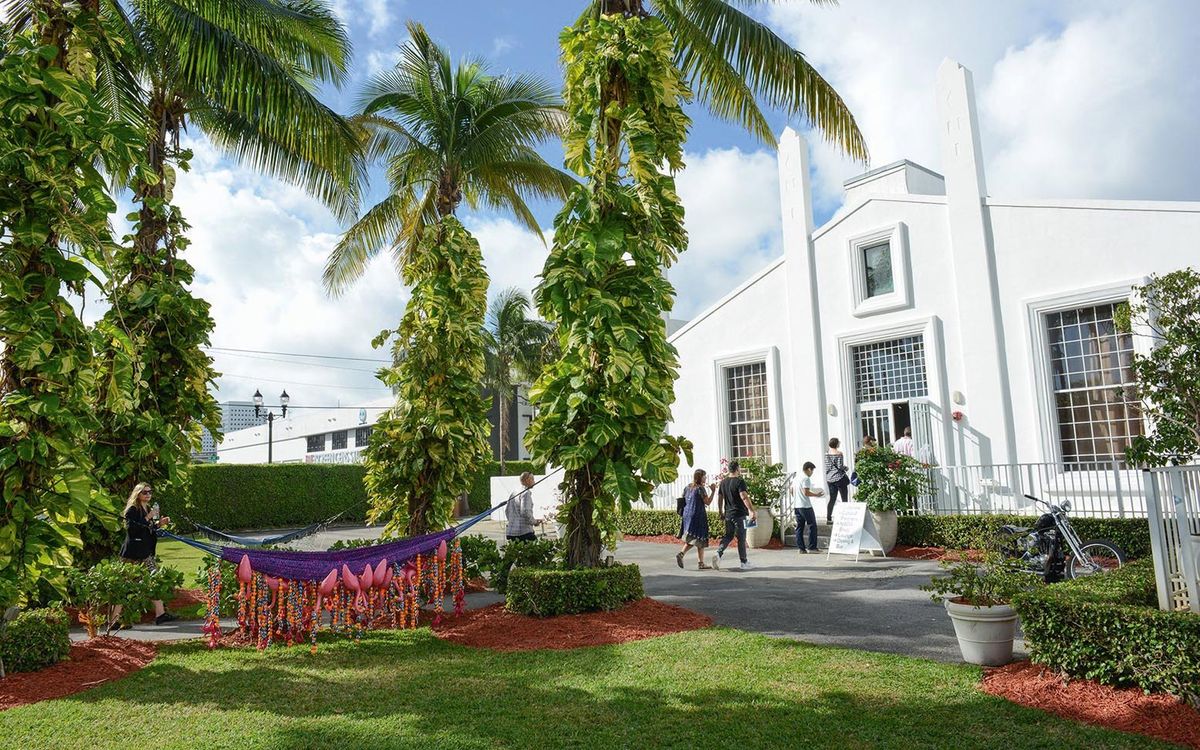The New Art Dealers Alliance (Nada) will ring in the 20th edition of its Miami fair this month with one of its largest editions to date, featuring nearly 150 exhibitors from more than 40 cities around the world taking over Ice Palace Studios (30 November-3 December). The occasion caps a remarkable first two decades for the non-profit, which began its life in 2002 as the brainchild of four New York gallerists seeking authenticity and connection in a notoriously cut-throat sector. In the intervening years, the organisation has honed its collaborative framework and vastly expanded its reach.
Early on, Nada maintained a relatively local, granular focus. “It was not about art fairs at the beginning,” says its director Heather Hubbs, who joined in 2004. “It was very much focused on the emerging gallery scene coming up in New York and elsewhere, trying to find a way to work together and support each other.” But as the organisation quickly grew during its first year, so too did member demand for a fair.
In 2003 Nada launched its Miami fair to capitalise on that demand and provide an affordable alternative to more expensive events such as Art Basel Miami Beach. Those early fairs, according to Hubbs, were resolutely egalitarian, featuring identical stand sizes for all participants and free admission for visitors. But that youthful utopianism was short-lived. As Nada’s member numbers grew, so did the need for financial and organisational stability. That meant getting inventive with funding strategies, but also expanding administratively by bringing on a public relations firm and growing its board of directors.
With a more concrete organisational structure in place, Nada could continue to expand its programming, including the 2012 launch of its New York fair. Expanded programming also included, at various times, exhibition- and fair-like projects in upstate New York, Chicago and Cologne, as well as launching an acquisition fund with the Pérez Art Museum Miami, all in order to offer new opportunities to its member galleries. In doing so, Nada came to more closely resemble the gallery groups it originally distinguished itself from, such as the Art Dealers Association of America.
“One thing that is challenging is always being seen as the young emerging organisation,” Hubbs says. “We are pretty established at this point, and it’s been a challenge to make sure that people don’t lose sight of that—that we’re not seen as this feeder to the future.”
New York comeback
When the pandemic hit, Hubbs took the opportunity to plan more ways to guide Nada toward maturity. She helped introduce a gallery relief fund and a collaborative online fair programme to tide members over during the worst of the Covid-19 lockdowns, and planned a comeback for the New York fair after years of real estate struggles. “The pandemic gave us time to pause and reflect on where the organisation was, and to think about what we should be doing when we come back,” Hubbs says. The organisation also introduced a year-round exhibition space in its New York offices in 2021, giving member galleries more opportunities to display outside of fair contexts.
These pandemic-era initiatives represent a continuation of Nada’s original mission—an expansion of the collaborative framework that started two decades ago. And while “new” might be in the organisation’s name, Hubbs feels that its identity is not tied to that novelty.
“The ‘new’ in New Art Dealers Alliance doesn’t necessarily connect to the word ‘art’,”, she says. “I think of it as connecting to the word ‘alliance’. It’s a new way of allying together.”


